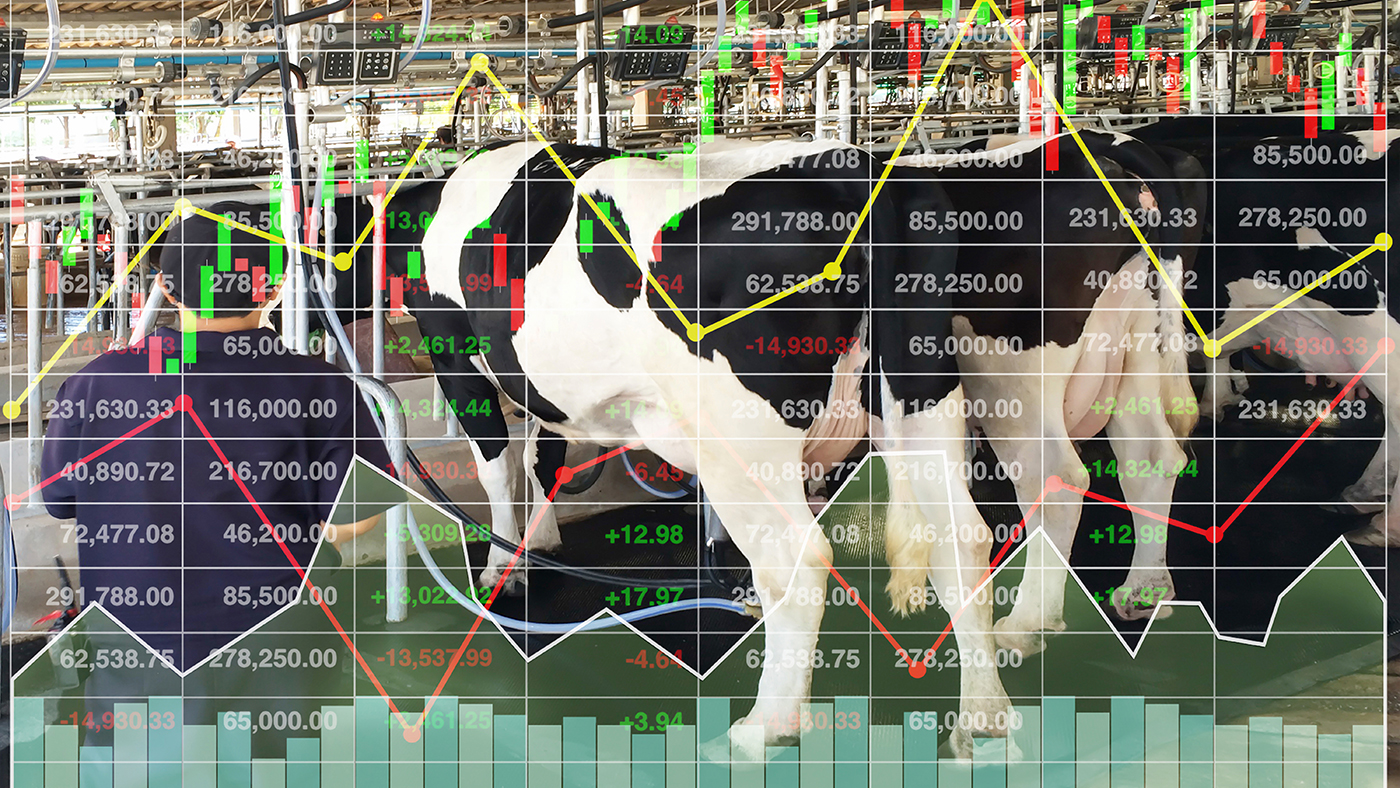A record high number of cattle were placed into feedlots in February. The USDA reporting placements at about 1.9 million head up 10% From February a year ago. USDA livestock analyst Mike McConnell says most folks who are not expecting that large of an increase, but consider this.
“In January, we actually had a relatively low placement number. That was due to the winter storms that we had across the Midwest that came in early January which delayed some of those placements. So that’s some of the increase that we saw in placements during February was the fact that we’re making up for some of the weather incidents that occurred during January.”
Putting feedlot placements up at historical levels. Also, according to Mike…
“Prices for feeder cattle also very strong, but they’re also at historic levels.”
During February at Oklahoma City prices for 750 to 800 lb cattle averaging 241 a hundredweight. It was only 184 during February last year, so obviously…
“There’s a lot of opportunity for cow calf operators to you know, market their feeder cattle and you know, get a good return those animals that that they’re taking off pasture or taking off winter wheat pasture and placing them into feedlots now there’s good returns for it. As you know, there’s also still relatively robust demand for beef in the country.”
But will consumer demand go down as beef prices continue to go up?
“We’re at the point that season now we’re being the transition of the beef demand side towards the summer grilling season, so you know a lot about what we see happening in the cattle and beef markets the next couple of weeks and months are largely going to be predicated on how consumers respond, what kind of beef demand we get and how that works its way back in the system. So yeah, so I think that’s what we’ll be paying attention to the next couple of weeks and months as we prepare our forecasts, and I imagine the market is going to be doing the same.”
Mike is pretty sure about one forecast, and that is for continued contraction of the beef herd as producers keep selling heifers instead of holding on to them for breeding and so…
‘It’s probably going to be at least another year or two down the line before we see the numbers start to indicate expansion.”


